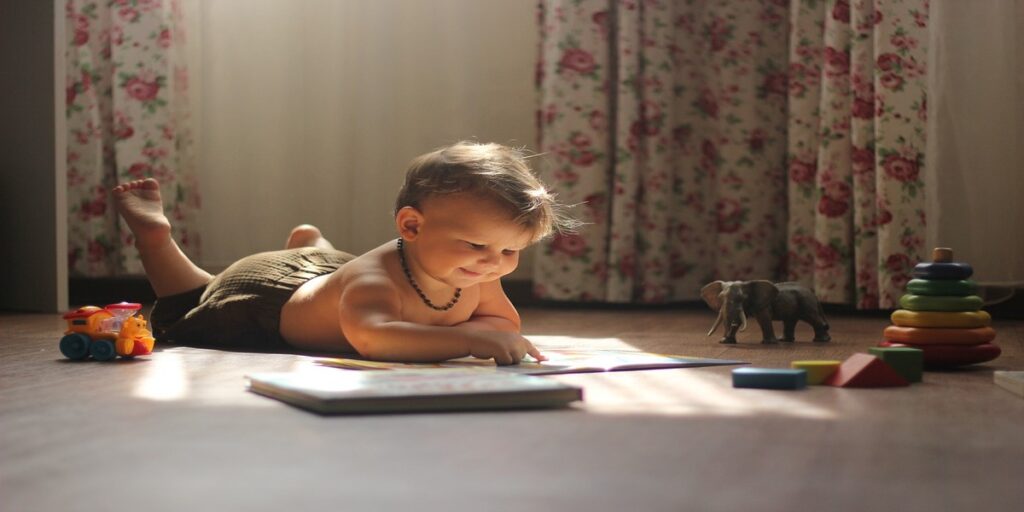8 Safe Tips to Reduce a Baby’s Fever
8 Safe Tips to Reduce a Baby’s Fever
Table of Contents

1.Understanding Fever in Babies
When it comes to our little ones, one of the most common and concerning issues parents face is a fever. Understanding what a fever is, why it happens, and how to manage it can ease your worries and ensure your baby gets the care they need. In this comprehensive guide, we will discuss good practices to reduce a fever in babies, offering you valuable insights to keep your child comfortable and healthy.

2. What is a Fever? Is it Serious?
A fever is typically a temporary increase in body temperature, indicating that the body is fighting off an infection. For babies, a fever is defined as a rectal temperature of 100.4°F (38°C) or higher. While it can be alarming8 Safe Tips to Reduce a Baby’s Fever, most fevers are not serious and are a natural part of the immune response. It’s essential to recognize that a fever itself is not an illness but a symptom.
Why Do Babies Get Fevers?
Babies may develop a fever due to various reasons, including:8 Safe Tips to Reduce a Baby’s Fever
- Viral infections (such as the common cold)
- Bacterial infections (such as ear infections)
- Teething
- Immunizations (sometimes resulting in a mild fever)
When to Seek Medical Attention
While many fevers can be managed at home, it’s important to know when to seek medical help. If your baby is younger than three months and has a fever, or if the fever lasts longer than three days, consult a pediatrician.

8 Safe Tips to Reduce a Baby’s Fever
3. How to Recognize a Fever in a Baby?
Recognizing a fever in your baby involves paying attention to their behavior and physical symptoms. Here are some signs to look for:8 Safe Tips to Reduce a Baby’s Fever
- Warm Forehead: Your baby’s forehead may feel warm to the touch.
- Flushed Cheeks: Redness in the cheeks can indicate a rise in body temperature.
- Increased Fussiness: A feverish baby may be more irritable than usual.
- Reduced Appetite: Many babies may lose interest in feeding during a fever.
- Lethargy: Your baby may seem more tired and less active.
The most accurate way to determine if your baby has a fever is by using a digital thermometer.
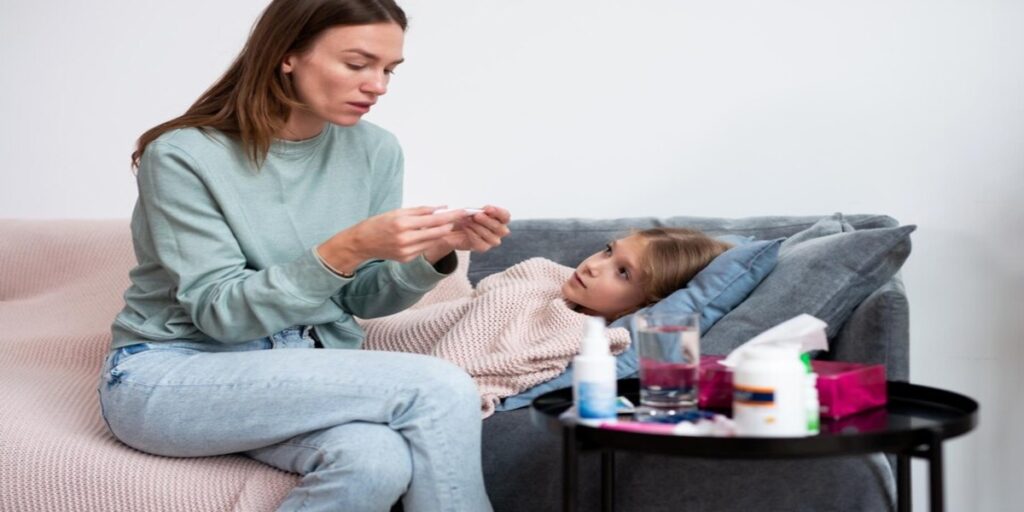
4. At Which Temperature Should You Consider a Baby to Have a Fever?
Understanding the different temperature ranges can help you gauge your baby’s condition:8 Safe Tips to Reduce a Baby’s Fever
- Mild Fever: 100.4°F to 102°F (38°C to 38.9°C)
- Moderate Fever: 102°F to 104°F (38.9°C to 40°C)
- High Fever: 104°F (40°C) or above
A fever is typically classified as concerning if it reaches 100.4°F or higher. For babies under three months, any fever warrants a call to your pediatrician.8 Safe Tips to Reduce a Baby’s Fever
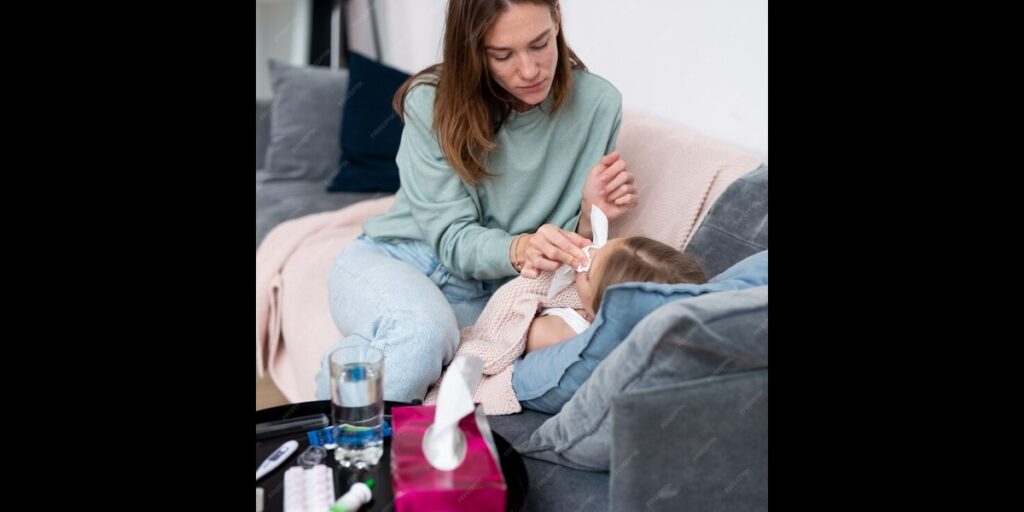
5.What Should Be Done If a Baby Has a Fever?
When your baby has a fever, it’s important to stay calm. Here’s what you can do to help:8 Safe Tips to Reduce a Baby’s Fever
- Monitor Temperature Regularly: Use a digital thermometer to check your baby’s temperature at regular intervals.
- Keep Them Hydrated: Offer fluids to prevent dehydration. This could include breast milk, formula, or water, depending on their age.
- Dress Comfortably: Dress your baby in lightweight clothing to help regulate their temperature.
- Encourage Rest: Make sure your baby gets plenty of rest to aid recovery.
- Consult Your Pediatrician: If your baby is younger than three months, or if the fever persists for more than three days, consult your doctor.
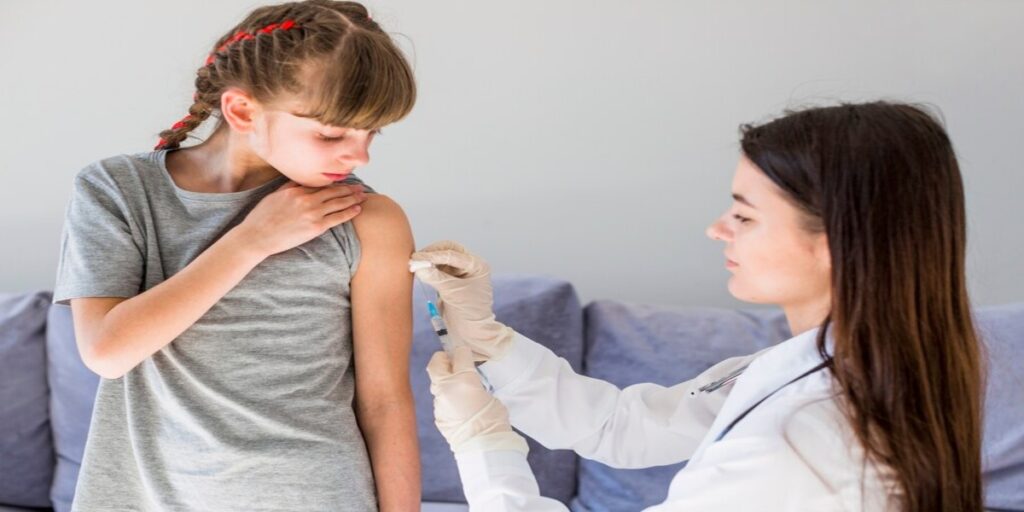
6. What to Do to Soothe a Feverish Baby
Soothing a feverish baby involves creating a comfortable environment and providing care that helps reduce discomfort. Here are some good practices to reduce a fever in babies:8 Safe Tips to Reduce a Baby’s Fever
- Cool Compresses: Apply a cool, damp washcloth to your baby’s forehead to help lower their temperature.
- Lukewarm Bath: Giving your baby a lukewarm bath can help bring down the fever and make them feel more comfortable.
- Maintain Room Temperature: Keep the room cool and well-ventilated to prevent your baby from overheating.
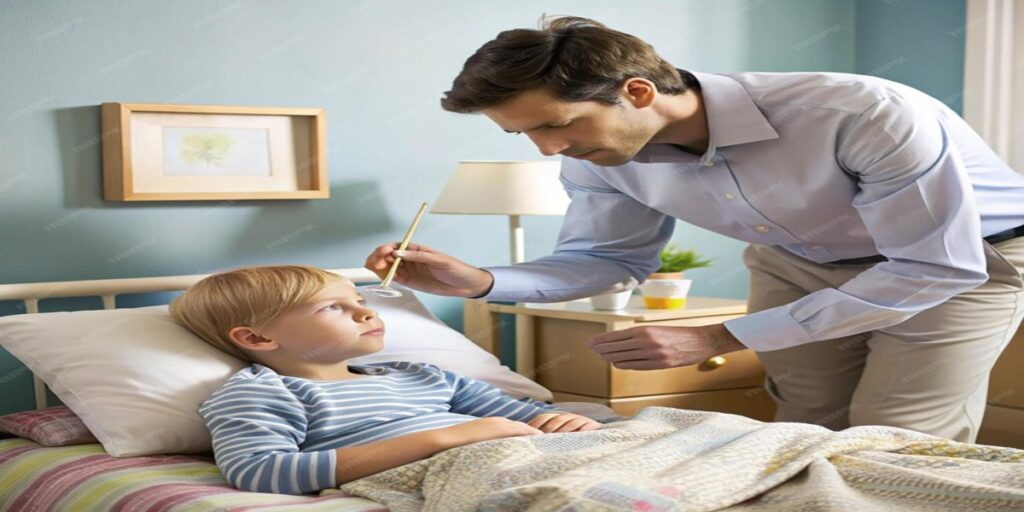
8 Safe Tips to Reduce a Baby’s Fever
7. Recommended Medication to Reduce Fever in Babies
If your baby appears uncomfortable, you may consider using fever-reducing medications. However, always consult your pediatrician before giving any medication. Common options include:
- Acetaminophen: This is generally safe for babies over two months. Be sure to follow the dosing instructions provided by your doctor.
- Ibuprofen: Suitable for babies over six months. As with acetaminophen, adhere to the recommended dosage.
Medications to Avoid
Never give aspirin to children or babies, as it can lead to Reye’s syndrome, a serious condition that can affect the liver and brain.8 Safe Tips to Reduce a Baby’s Fever
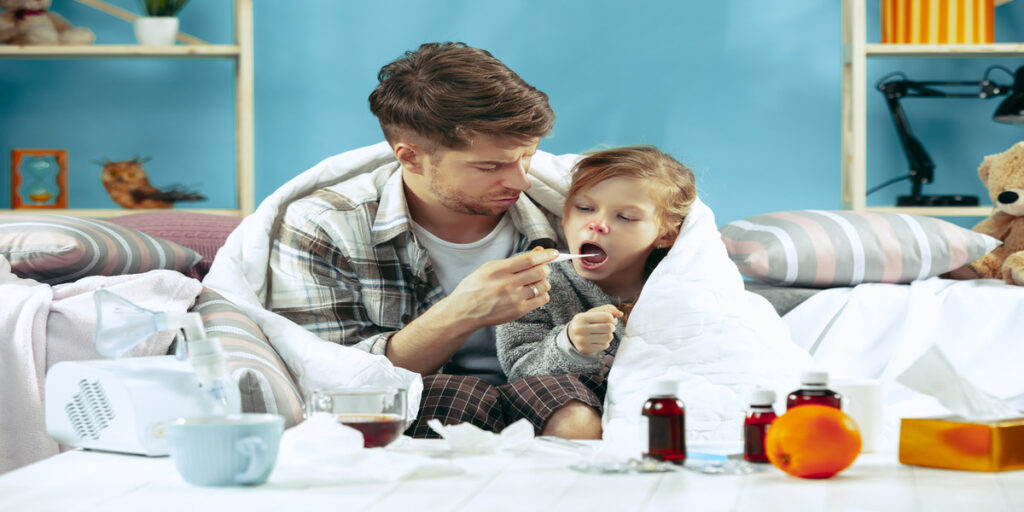
8.Natural Solutions to Reduce Fever in Babies
Many parents prefer natural remedies to help soothe their babies during a fever. Here are some effective options:8 Safe Tips to Reduce a Baby’s Fever
- Hydration: Ensure your baby stays hydrated by offering fluids such as diluted juice or water.
- Herbal Remedies: Herbal teas, like chamomile or peppermint, can provide soothing relief8 Safe Tips to Reduce a Baby’s Fever. Consult your pediatrician before trying any herbal solutions.
- Essential Oils: Some essential oils, like lavender, may help promote relaxation. Always dilute essential oils and consult your doctor before use.
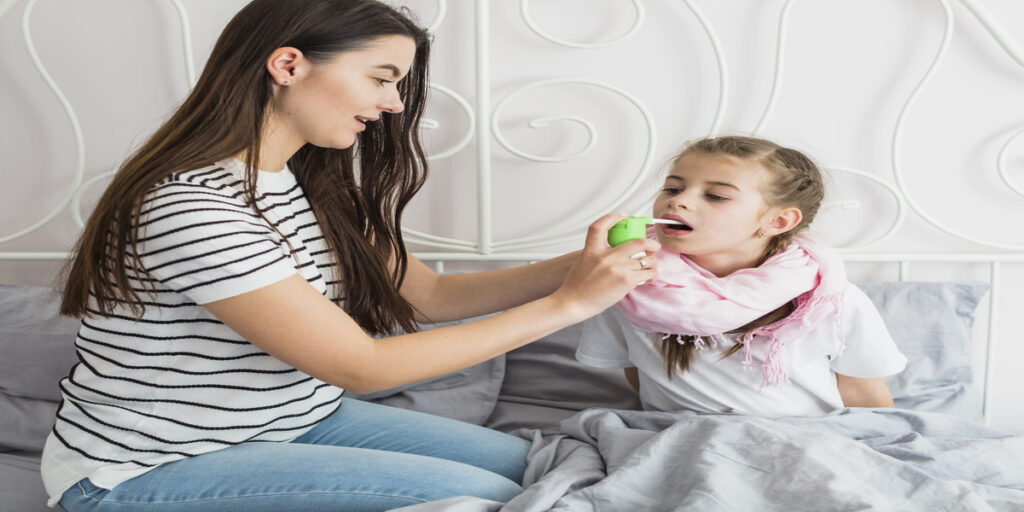
FAQs About Reducing Fever in Babies
1. How can I tell if my baby’s fever is serious?
If your baby is younger than three months and has a fever, or if the fever exceeds 104°F, seek medical attention. Additionally, watch for persistent symptoms or unusual behavior.8 Safe Tips to Reduce a Baby’s Fever
2. Can I use a fan to cool my feverish baby?
Yes, a fan can help circulate air and keep your baby comfortable. However, avoid blowing air directly onto them.
3. Is it safe to give my baby a bath when they have a fever?
Yes, a lukewarm bath can help lower your baby’s temperature and soothe discomfort. Avoid cold baths, as they may cause shivering.
4. What should I do if my baby has a seizure due to fever?
If your baby experiences a seizure, ensure their safety by removing any nearby objects. Place them on their side and call emergency services if the seizure lasts more than five minutes.
5. Can teething cause a fever?
Teething can sometimes lead to a mild increase in temperature, but a high fever is typically due to an infection. Monitor your baby for other symptoms to determine the cause.
6. How can I prevent my baby from getting a fever?
While it’s impossible to prevent all fevers, maintaining good hygiene, ensuring vaccinations are up to date, and keeping your baby away from sick individuals can reduce the risk.
7. Should I wake my baby to give medication for a fever?
If your baby is sleeping comfortably, it’s generally okay to let them rest. If they seem uncomfortable when awake, consider administering the medication.
